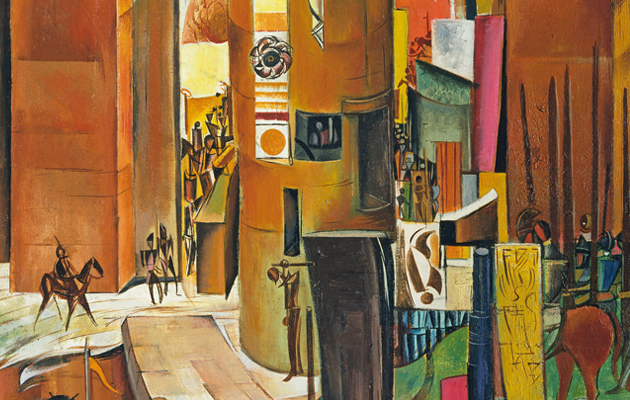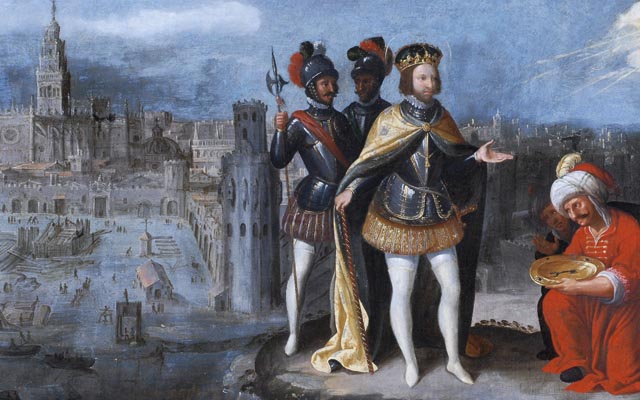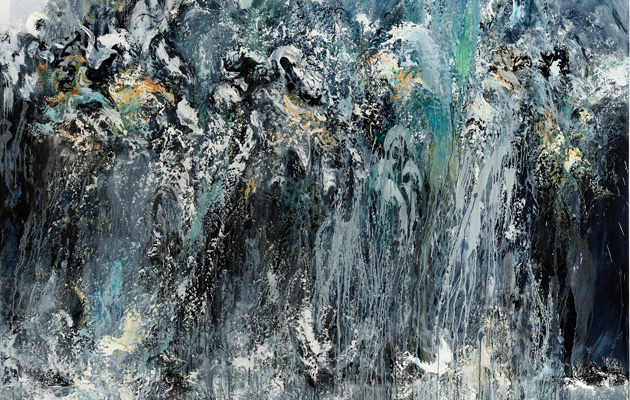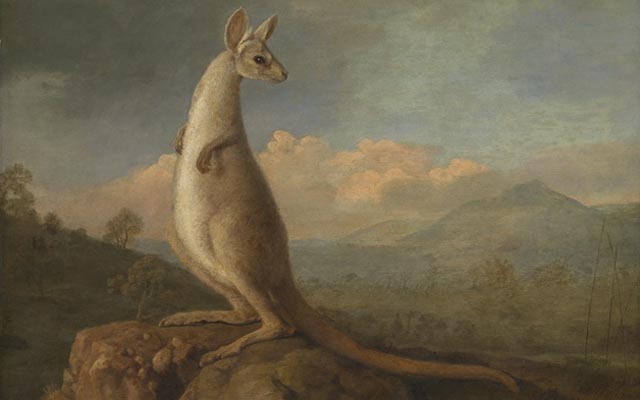Exhibition review: British artists and the Spanish Civil War
Catherine Milner explores art inspired by the Spanish Civil War.



Stephen Spender called the Spanish Civil War ‘the poets’ war’ and many of his contemporaries W. H. Auden, Cecil Day-Lewis and Louis Mac-Neice, for example wrote about the conflict that was central to their lives between 1936 and 1939. An exhibition at Pallant House Gallery in Chichester, West Sussex, sets out to highlight that it was also an artists’ war one depicted by British artists in particular.
Picasso’s Guernica is still the pre-eminent visual howl of the conflict, but Henry Moore, Augustus John, Stanley Spencer, Eric Gill, Duncan Grant and Barbara Hepworth were among the hundreds of British artists who bitterly protested against the war, either through the work they created, by marching through the streets of London or, in some cases, by taking up arms.
Sadness sears through this exhibition at every turn, from the room full of posters showing photographs of dead children and their stricken mothers, captioned ‘Your Child Could Be Next’, to the hooded, faceless ghouls in Edward Burra’s crumbling landscapes. The misery and horror of so many of these images makes them, in our new age of war, horribly familiar.
Yet what is different today is the reaction of artists. It’s an odd and stark anomaly that, in an age more news-laden and information-rich than ever before, contemporary artists in the west at least rarely seem to touch on politics as a subject for their work. In the 1930s, even members of the Bloomsbury Group, often portrayed as lightweight narcissists cocooned in their own world, vigorously campaigned against the Fascists.
Vanessa Bell, who suffered a nervous breakdown after her son Julian was killed in Spain in 1937, was an assiduous fundraiser for the Republicans. Her surviving son, Quentin Bell, finished May Day Procession with Banners two weeks before Julian’s death; it hangs in the show, a morbid tribute to the price of duty.
Some artists, such as Francis Rose, ‘loathed’ volunteers in the International Brigades who went out to Spain to help fight the Nationalists, claiming they were formed from ‘left-wing spies for foreign powers, beachcombers, layabouts, and old prison hands seeking any employment’.
A painting by Rose showing chandeliers and jewels chucked into trees lining a Spanish street decries the desecration of Catholic monasteries and churches by the Red Terror. Wyndham Lewis and Russell Flint were pro Franco, too, at least at the beginning of the conflict, but the majority of artists reviled him.
Exquisite houses, the beauty of Nature, and how to get the most from your life, straight to your inbox.
Those against joined an organisation called the Artists International Association, established in 1933 to mobilise ‘the international Unity of Artists against Imperialist war on the Soviet Union, Fascism and Colonial Oppression’. By 1936, it had 600 members and an exhibition held to raise funds for medical aid and food for the Spanish people attracted more than 6,000 visitors.
The Surrealist painter Roland Penrose, who went out to Spain in 1936, played a pivotal part in rallying artists to the Republican cause. Much of this show is made up of his collection, including Picasso’s Weeping Woman, which delivers its most powerful emotional salvo.
Also exhibited are Henry Moore’s ‘Spanish Prisoners’ series drawings and a print of faces trapped behind barbed wire that were intended to be sold to raise funds for the 500,000 refugees who fled over the border into France after the victory of the Nationalists in April 1939 and were interned in camps there. (In the end, they were never published due to the outbreak of the Second World War). Moore was forbidden by the British government from fighting in Spain, but was one of many artists who campaigned vigorously against its policy of non-intervention in the war. ‘The artist is left with no choice but to help in the fight for the real establishment of Democracy against the menace of the Dictatorships,’ he wrote.
But it’s not just the works by the greats that make this show so intriguing. John Armstrong’s bleak tempera paintings of bombed-out homes exposing the shattered remains of what were once sitting rooms and bedrooms quietly tell of tragedy. One of the most impressive of the works on display is by Walter Nessler, a German who moved to Britain in the 1930s to avoid Nazi repression. Premonition, 1937, features a view of London in which a gas mask appears atop a bombed-out skyline the colour of blood; Nessler, like many at the time, feared that the Spanish Civil War could be the first battle of a much bigger one that would spread through Europe.
Of the 76 works exhibited, more than a quarter are by women. Particularly poignant is the series of photographs taken by Edith Tudor-Hart showing some of the near 4,000 children brought by boat to Southampton after the bombing of Guernica, huddled together in their suits and caps.
Felicia Browne, who trained at the Slade, was the only woman to fight and the first of the British volunteers to be killed in the conflict. A self-portrait is on show, her startling blue eyes suggesting the purity and idealism that made her a potent symbol of the fight against Fascism.
It isn’t easy to make an exhibition about war look appealing, although some of the concluding pictures, painted by R. B. Kitaj and Terry Frost in the 1960s and 1970s, do a pretty good job. In the end, the best thing about ‘Conscience and Conflict’ is that it acts as a reminder of how ugly war is.
‘Conscience and Conflict: British Artists and the Spanish Civil War’ is at Pallant House Gallery, Chichester, West Sussex, until February 15 (01243 774557; www.pallant.org.uk)

Exhibition review: The Spanish Golden Age in Co Durham
Averil King enjoys an intriguing body of works from the Spanish Golden Age on show in Co Durham.

Exhibition review: Maggi Hambling: Walls of Water at the National Gallery
Lilias Wigan reviews an exhibition by the National Gallery’s first artist in residence.

Exhibition review: The Art & Science of Exploration, 1768–80
Matthew Dennison is fascinated to see how western artists fantasised the flora and fauna of the Pacific.

Exhibition review: Art & Soul: Victorians and the Gothic
Michael Hall reviews a new exhibition celebrating Gothic romance in the West Country.
Country Life is unlike any other magazine: the only glossy weekly on the newsstand and the only magazine that has been guest-edited by His Majesty The King not once, but twice. It is a celebration of modern rural life and all its diverse joys and pleasures — that was first published in Queen Victoria's Diamond Jubilee year. Our eclectic mixture of witty and informative content — from the most up-to-date property news and commentary and a coveted glimpse inside some of the UK's best houses and gardens, to gardening, the arts and interior design, written by experts in their field — still cannot be found in print or online, anywhere else.
